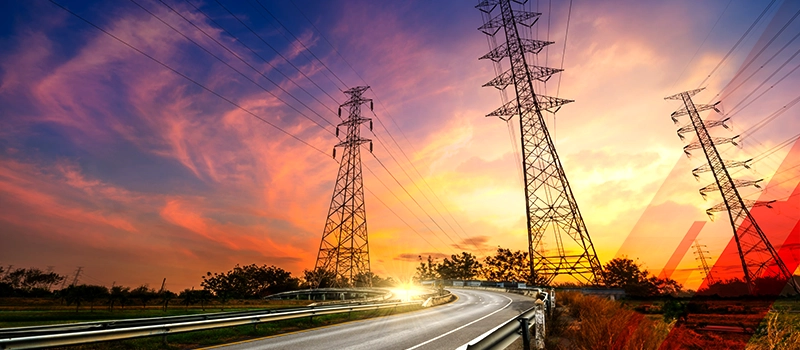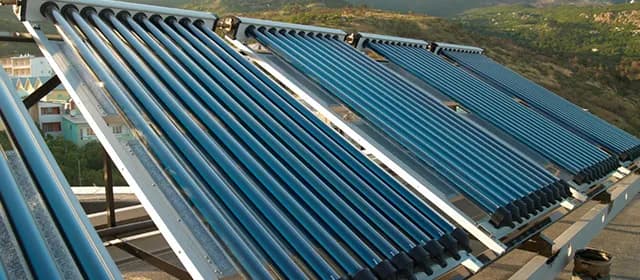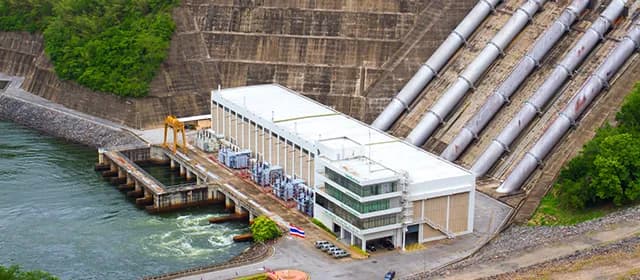The process of transferring electricity from power plants to end customers include transmission and distribution. The grid has distinct stages for transmission and distribution due to the differences in their voltage ratings. Electricity is transferred when it is carried from power plants to substations close to areas where there is a demand for electricity. These substations provide electricity to end users via distribution lines. Electricity exceeding 100 kV is transported by transmission lines, which are typically found on towers.
A $250 billion package to assist R&D activities was passed in June 2021, according to the United States Innovation and Competition Act of 2021, having a significant impact on industrial policy. This intends to promote business expansion across the country, which will boost the demand for electricity.
Understanding Dynamics Forces That are Shaping the Transmission and Distribution Market
The T&D Industry is vital to the energy industry as it is responsible for transporting electricity from power facilities to end users. The Industry has been growing steadily over the years, driven by increasing energy demand, upgrades to aging infrastructure, and the integration of renewable energy sources into the grid.
The global Industry for transmission and distribution was valued at USD 200.7 billion in 2021 and has been estimated to reach USD 274.4 billion by 2030, recording a CAGR of 4.11% during the projection period of 2022-2030.
The industry is dominated by large utility companies, which have a monopoly on the distribution of electricity in most regions. However, with the increasing focus on decentralization and consumer choice, there is an increasing trend towards smaller, independent power producers and the growth of distributed energy resources (DERs) such as solar panels and energy storage systems.
Green Energy Growth: How a Surge in Renewable Investments is Fueling Industry
The negative effects of CO2 emissions and other greenhouse gasses on the environment are becoming increasingly prevalent. Rather than using conventional coal or fossil fuel sources, this has increased interest in renewable energy alternatives. The transmission and distribution sector will likely be stimulated by this trend in the coming years. Market players are concentrating on incorporating renewable energy sources in their energy generation plans in several developing countries throughout the world to meet the rising demand for electric power.
Rising efforts by governments of various nations to promote the use of energy produced by renewable energy sources are driving growth in the global transmission and distribution Industry. Moreover, the global transmission & distribution Industry is projected to benefit from the surging demand for modernization and innovations in electrical grids.
Charting Growth of Investments in Modernization of Aging Grid
One of the biggest issues developed nations face is aging energy generation and delivery infrastructure. In the US, 60% of distribution poles are older than 30 years, while 70% of transformers are older than 25 years. It's time to upgrade and replace this equipment. Between 35% and 48% of the transmission and distribution assets in the U.S. either need to be replaced currently or soon. Companies involved in power generation and distribution are investing more than US$ 51 billion in upgrading aging equipment.
Through the use of cutting-edge technology, equipment, and controls that communicate and cooperate to supply power more consistently and effectively, transmission and distribution are constantly upgrading the grid and making it smarter and more resilient. This can significantly lessen the frequency and length of power outages, minimize the effects of storms, and speed up service restoration when outages occur.
Businesses involved in the Industry would be prepared to adopt the modern grid and reap its financial and reliability benefits if they had advanced metering, monitoring, and diagnostic systems, as well as other smart grid equipment. The 140,000 miles of transitional lines in Europe are set for replacement. In order to modify the grid, the European Commission plans to invest €50 billion annually.
As high-voltage transmission is needed for long-distance transmission and renewable power plants that are located at a distance, countries are concentrating on updating the energy grid to achieve their respective nation's low-carbon targets.
Grid modernization activities are put into action to increase system effectiveness, resilience, and reliability. Additionally, this would address the rise in customer service demands. As a result, grid modernization is receiving major funding from transmission and distribution businesses. Global investments in grid technology, data intelligence, and digital services are growing, and the fastest-growing sectors are smart meters, EV charging stations, and digital substations, according to a study by the International Society for Performance Improvement (ISPI). The global transmission and distribution industry is therefore expected to be driven by an increase in investment in the modernization of the aging power grid.
Exploring Breakthroughs Transforming the Transmission & Distribution Industry
A deal for the supply of South Korea's HL-class power plant technology by Siemens Energy was signed in January 2022. The machinery will be put to use at the Eumseong Unit 1 combined cycle power plant (CCPP), which will be constructed in Eumseong, Chungcheongbuk-do Province, in the northwest of the nation.
Schneider Electric highlighted in October 2021 its commitment to creating smart, sustainable networks. The company's objectives aligned with the government of India's "Atma Nirbhar Bharat" Campaign.
North America: A Key Marketplace for Transmission and Distribution
In terms of transmission and distribution Industrys, The top spot is held by North America. With regard to industries and urbanization, the area is well-developed. Transmission and distribution networks are now more crucial than ever, as well as more complex and diverse in the region.
- According to Enerdata, the United States used 3,842 TWh of electricity in 2020 from 2019.
- The United States' primary energy consumption was 87.72 exajoules in 2020, while electricity production was 4,286.6 TWh, according to the BP Statistical Review of World Energy.
Industry Contributors' Quest for Maximizing Revenue Opportunities
To increase their overall share of the global and regional Industrys, manufacturers in the global transmission & distribution Industry are concentrating on product innovation and development.
The development of new technologies and enhancements to the services provided by major Industry players are majorly accountable for Industry expansion. Companies are making significant investments in R&D projects to develop cutting-edge products that may be used for electricity transmission and distribution. To accommodate the growing need for power around the world, producers are also extending their range of services and products.
As the Industry for transmission and distribution continues to grow, the industry is well-positioned to provide solutions and technologies needed to help meet the growing demand for energy and improve the efficiency and sustainability of energy systems.




